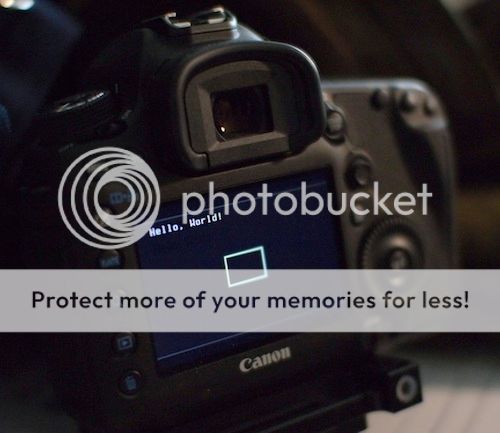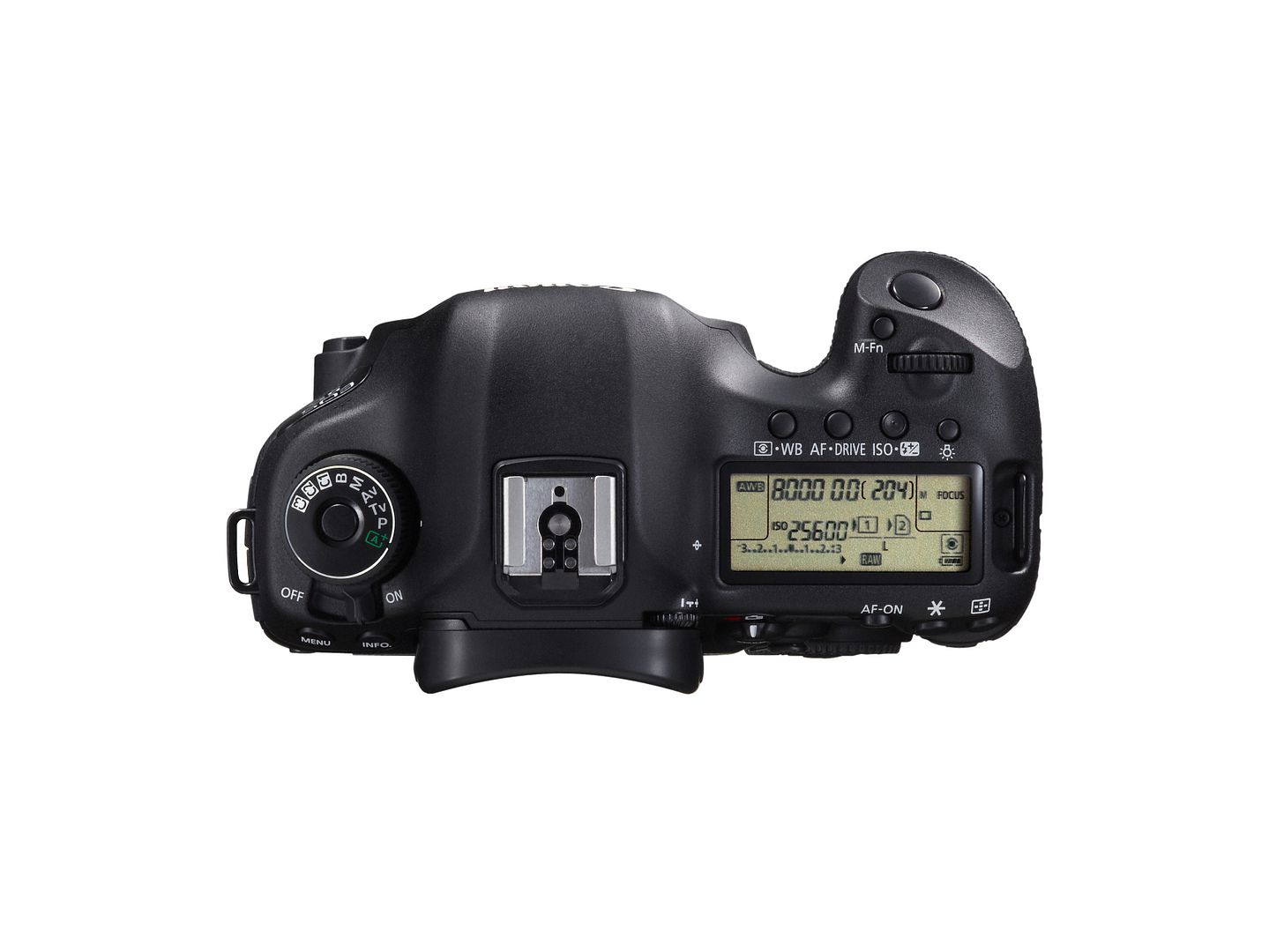DxO Optics Pro v7.2.3 supports the EOS 5D Mark III
A fully-functional trial version of DxO Optics Pro v7.2.3 is available on the DxO Labs website. From the press release:
May 2, 2012 – DxO Labs announces the immediate availability of DxO Optics Pro v7.2.3 for Mac and Windows, its image processing software of reference for all serious photographers. This update allows DxO Optics Pro to offer support for the Canon EOS 5D Mark III and for the Pentax K-01, the latest in the Pentax hybrid camera lineup.
AN EXCLUSIVE CALIBRATION PROCESS
DxO Optics Pro v7.2.3 has already integrated 70 DxO Optics Modules for the Canon EOS 5D Mark III and 26 Modules for the Pentax K-01.
DxO Optics Modules are developed through a calibration process exclusive to DxO Labs, based on careful analysis of each camera and lens combination under different shooting conditions. This means that DxO Optics Pro automatically applies optical corrections for such problems as distortion, vignetting, chromatic aberrations, and lack of sharpness in a way that is perfectly adapted to each user’s equipment.
Camera and lens performance analyses are available on DxOMark, the reference site for image quality measurements. The Canon EOS 5D Mark III has achieved the best score among all Canon digital cameras (more information about this camera here.)



